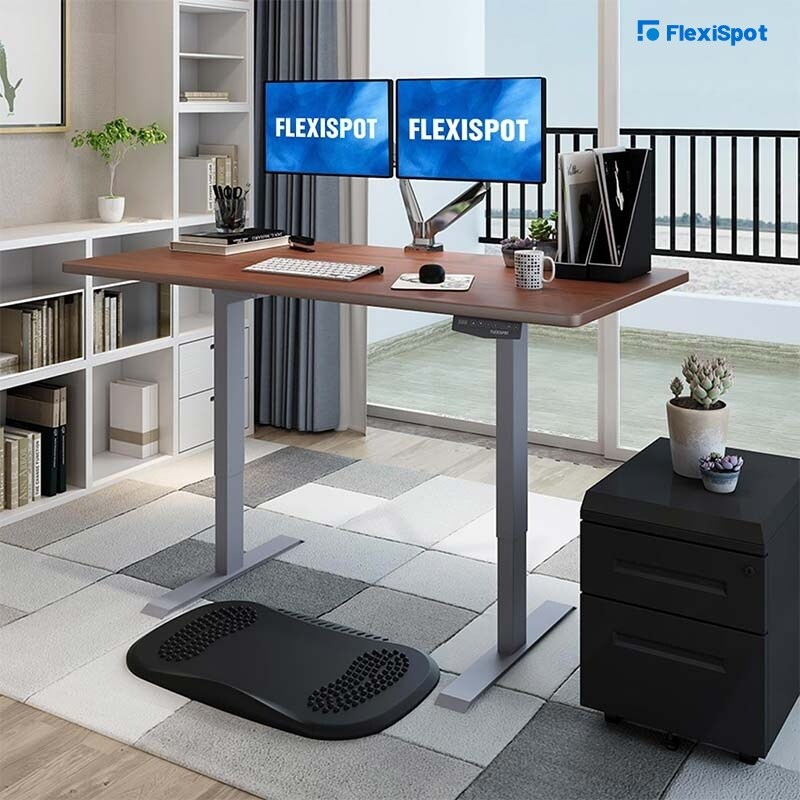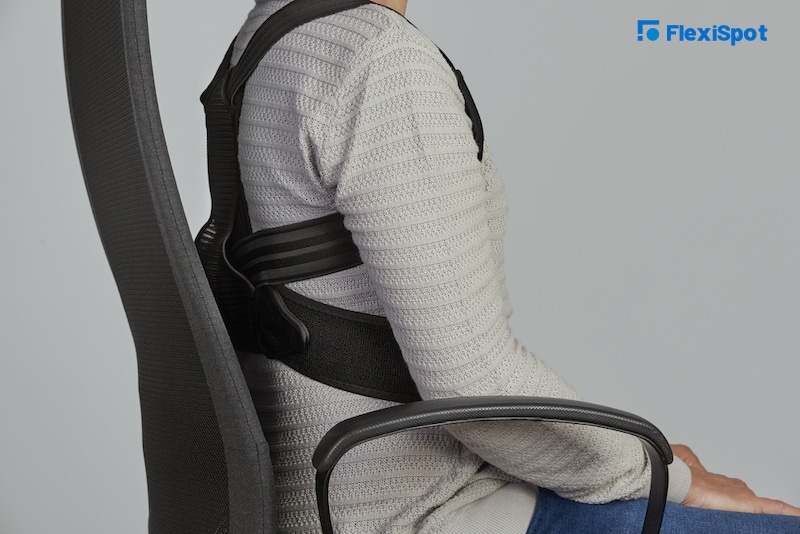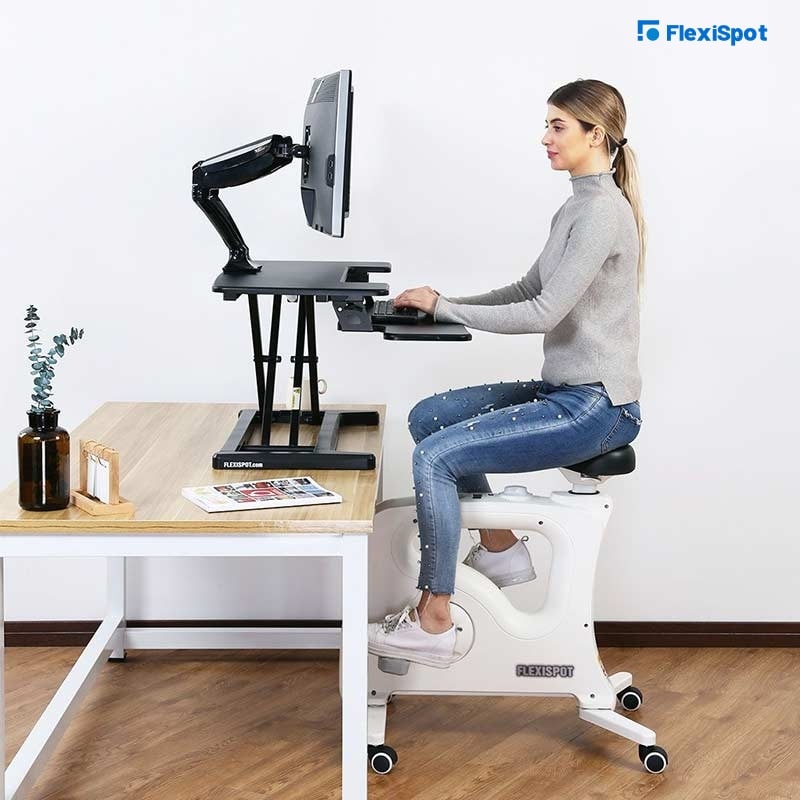Backaches are more prevalent than ever, no thanks to the many activities that complicate posture and put pressure on the spine. Many people suffer from mild to chronic back pains as symptoms of intense physical activity like heavy and unsafe weightlifting. For others, prolonged sitting postures in non-ergonomic and uncomfortable chairs may be the triggers for backaches. However, regardless of cause, back braces are considered effective cures for several back ailments.
In the United States, the National Institute for Occupational Safety and Health (NIOSH) has had to deal with the growing spate of back-related injuries arising from the workplace. About 20% of all workplace injuries were found to have their roots in backaches generally. That’s why the NIOSH recommends an increased adoption of ergonomic workspaces. The use of ergonomic chairs and desks has massive potential to cut back on the figures of back injuries while allowing workers to maintain entirely the same work routine.

Unsurprisingly, FlexiSpot has been leading the pack in the production of ergonomic office furniture. And now, to complement the effectiveness of this furniture, workers should consider using back braces. These back braces help eliminate the chances of developing chronic back pain during physical activity. Although the use of back braces is not a recent development, chiropractors nowadays also prescribe the use of back braces more often, especially to patients who have recently had surgery on their back.
However, despite the apparent increase in official support for back braces, many people still have harmful misconceptions about the equipment. This article traces the numerous benefits of back braces as well as some myths surrounding their use. Read on to find out why you should use back braces and common false statements about them you should dispel.
How does a back brace help?
Before diving right into how back braces may help, it is useful to understand what they are and look like. A back brace is a supporting device worn across the back and stomach to prevent strain and unsafe motion while doing physical activity or sitting down. Back braces are very similar to a cast, only that, in this case, they help pull the spine together in great shape.
Back braces are alternatively referred to as lumbosacral orthosis (LSO). They usually comprise an elastic compression band coupled with either tough plastic or metal external support. Sometimes, they may feature a blend of both metal and plastic. Back braces can come in custom-fitted specifications or a general prefabricated design.
It is not uncommon to find back braces prescribed as a standalone treatment for back conditions. Other times, the device forms a part of an all-inclusive medical treatment for a back ailment. Many injuries that lead to surgery may also require patients to wear back braces for extended periods as a post-surgical treatment process.
Albeit, these braces are also famously used as a preventive device. Since most types are available over the counter in most medical stores, people whose daily routines revolve around strenuous physical activity purchase it as a work accessory. For instance, bag loaders at ports, weightlifters, or diggers may wear one to reduce the harsh effects of heavy load on their back. The same goes for everyday workers who may wear back braces as a precaution against prolonged hours of sitting.
Overall, back braces help their wearers by limiting back movement and preventing a certain range of motion which may trigger back injury. Back braces, twisting, excessive bending, and other postures that trigger painful muscle tension are reduced.
You can also facilitate recovery from back pain or injury with the use of back braces. To ensure maximum effectiveness of your back brace, it is advisable to follow the prescription of a medical professional or the usage procedure in the product manual during use.
How back braces work?
Many people use back braces intending to achieve a wide variety of results. That’s because back braces work effectively in different ways to help individuals withstand and heal from back-related ailments. Below are some of the major functions and working patterns of back braces.
Back braces transfer weight and reduce muscle tension
Back braces work by redirecting weight across your body. Generally, the device discharges weight from your back and directs it to your abdomen, thereby lessening the burden on your spinal cord. As a result of the low-pressure levels on your back, your body also works to reduce the muscle tension and pain that arises from a back injury.
Back braces support the spine and weak back tissues
Additionally, back braces act as a support for the lower back area of your body. In that position, they hold the entire torso up and keep your body firmly in shape. Braces also hold up the spine perfectly, particularly in cases where the muscles around the spinal cord may have grown weak due to age or numerous injuries.
In achieving this spinal function, back braces significantly reduce the movement in the spine region and surrounding muscles. That way, injured parts of the back get to heal faster, and weakened muscles develop vigor over time. So, if you’re looking to achieve back healing, using the back brace as support will produce effective results and correct posture defects.
Back braces eliminate spine pressure and pain.
Another common function of back braces is how the device acts as a treatment supplement or as a post-surgery procedure. In this regard, braces work both as spine support and as an accessory that reduces spine pressure.
During physical activity, the tendons, joints, and discs around the spine face intense pressure from weights, leading to pain as an aftereffect. However, with back braces, the internal structure of the spine sheds off this pressure and eliminates the resulting pain.
Back braces improve proprioception.
Proprioception is the way humans perceive our bodily structures, movement, and posture. Back braces not only work to reduce the weight on the spine, but they also help improve posture. In this sense, back braces provide a constant subtle reminder to the wearers to correct deformed posture and maintain painless, healthy body mechanics.
Back braces increase proper body functioning.
One good part about using back braces is that they do not necessarily cause you to stop physical activity. Instead, they help your body maintain regular activity while keeping the muscles in perfect shape whenever there is a load on the body. This way, your body can function optimally without risking backaches or other conditions.
How to prevent lower back injuries?
Your back is as integral to your general health as any other part of your body. After all, the spine controls most, if not all, of our daily routine, including standing, sitting, and walking. So, you should adopt practices and postures that will improve your back health and prevent injuries.
You do not need to experience pain before you understand how best to maintain a healthy spine. It starts with sitting, correcting, and bending down on your knee instead of your back. Using ergonomic chairs and desk converters by FlexiSpot are also proven ways to care for your back health.
However, if you’re already experiencing back injuries, it may help to know that using back braces is a good way to heal, but it isn’t the only way. Using back braces will not guarantee that you’ll be entirely free from certain back conditions, especially if you don’t live healthily. As such, weightlifters and other professionals who carry heavy loads as part of their work need to complement their use of back braces with healthy practices.
Arguably the most effective way to prevent lower back injuries is to adjust your body posture consciously. You could use a posture correction chair or engage in reminder processes to train your mind on the best posture. You can achieve this goal by identifying your posture defects, journaling about them, and creating flashcards to help you remember. Engaging your partners or relatives to monitor your posture and correct you is also proven to fix your posture deliberately.
On the flip side, if you’re a senior officer at work, you can influence your workers to prevent common back pains that stem from workplace injuries. In essence, you should consider conducting a workplace ergonomic audit. Particularly, you should take out potential harmful material, furniture, or machines that could cause back injuries. Work colleagues should also undergo training to identify spine risks and prevent them.
Ultimately, replacing manual processes and furniture with automated or AI-based technologies will be useful in preventing back injuries. And when workers notice symptoms of back pains, structures to report and treat those conditions should be in place.
Myths about back braces
As valuable as back braces are, several false statements are spreading about their use. This section considers several myths about back braces and presents accurate facts.
Myth 1: Using Back Braces Leads to Weak Abdominal Muscles and Keeps your Body Dependent
There are conflicting reports about the truth of this statement. While some medical researchers believe that using back braces as lower back support for prolonged periods can make the body dependent, others disagree.
Thankfully, the most recent research into this area of medicine reveals that patients who have back injuries tend to heal faster when they use back braces for support and relief. Thus, they can readily do without it after full recovery.
Besides, while back braces relieve your spine from pressure, it doesn't affect the abdomen. However, you should seek medical advice before starting to use a back brace.
Myth 2: Everyone Should Reduce or Stop Using Back Support Braces
Advising anyone to get rid of their back support braces is harmful, especially where a doctor medically recommends the device. Back braces can help patients recover from back conditions fasters. Moreover, everyone who uses a back brace hopes to get it off as soon as fully recovered.
Back braces can also be useful prevention devices, keeping your spine from possible injury. Therefore, you shouldn't stop using back braces until your doctors give the go-ahead.
Myth 3: Back Braces can Cause Poor Body Postures
The truth is back braces can't be the trigger for poor body postures. That’s because the use of back braces often results from having an initial bad posture condition. So, back braces have not been proven to cause poor posture.
Instead, they help support your back muscles by restricting movements that are harmful to your spine health. They also help you adapt to the best posture in walking, lifting, sitting, or bending.
Final Thoughts on Back Braces
Using back braces has untold benefits for many people with an injury to their spine or weak back muscles. It is also a crucial medical innovation for people who have to work long hours sitting, lifting a heavy load, work machines, or undertake other tasks that could strain their back. So, if you find yourself experiencing back problems, it is advisable to visit your doctor.
Also, be sure to adopt other healthy practices like using FlexiSpot accessories and ergonomic furniture. Finally, beware of myths and take only trusted instruction from your medical expert. A healthy spine is possible, and you’re well on your well to achieving that.



